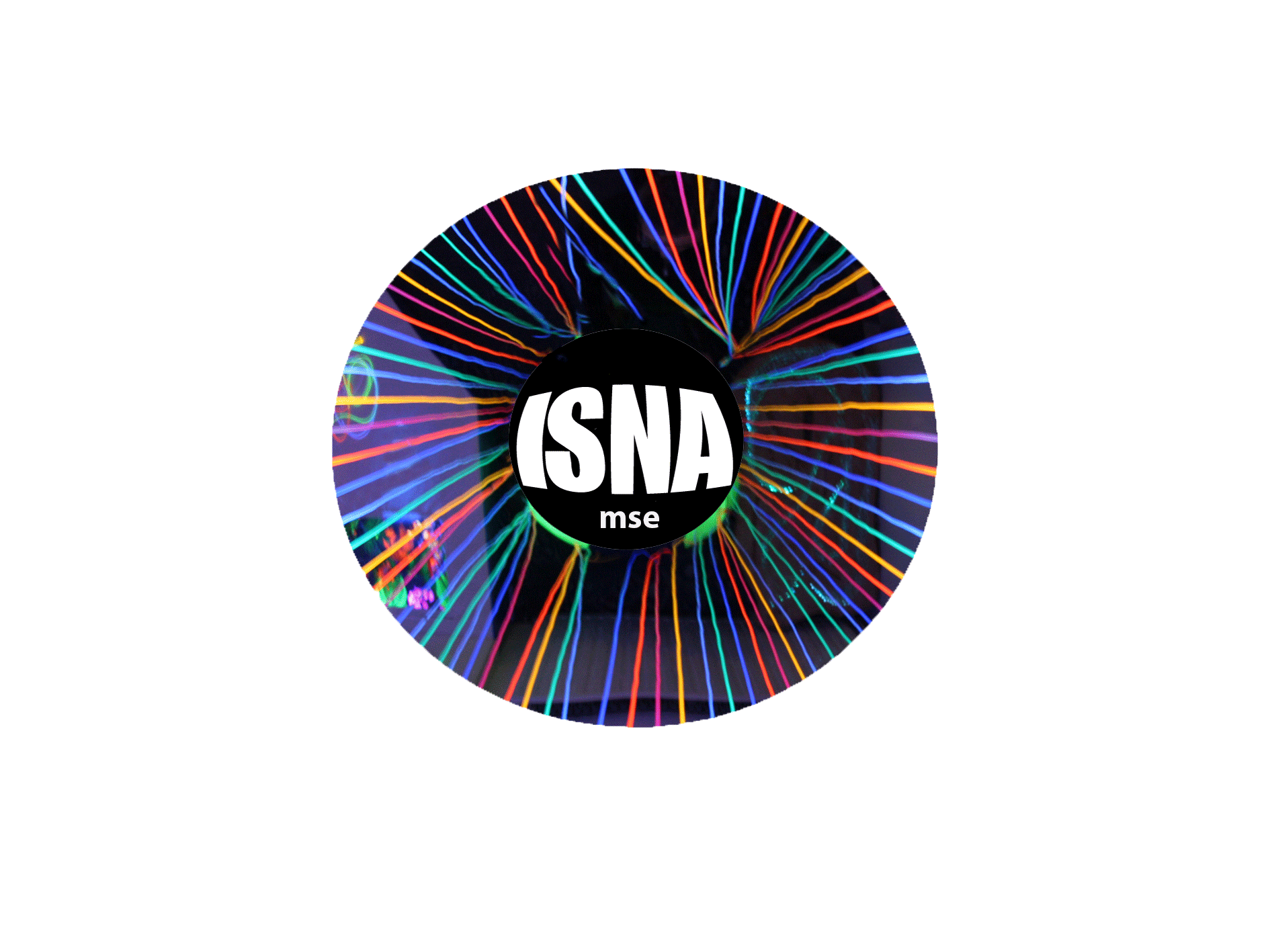ISNA-mse.org

What is snoezelen?
Ad verheul Jan Hulsegge
Snoezelen [snuzelen]
is derived from the words “snuffelen” (sniffing) and “doezelen” (dozing). The concept was developed in the Netherlands in the seventies in facilities for people with severe, multiple disabilities. Behind Snoezelen is a multifunctional concept: In a purposely designed room (mostly a white room) the use of light and sound elements, scents and music initiate sensual sensations. These have both relaxing and activating effects on the different perception areas. The specific design directs and arranges the stimuli; it creates interest, brings back memories and guides relationships. Snoezelen induces wellbeing, in a calm atmosphere fear will be taken away, people feel secure. Snoezelen is therapy as well as promotion and is used for all stages of development (from toddlers to old people)
(Mertens in Brockhaus Encyclopaedia Vol. 25, 2006,429).
In 2012 there was a Forum gathered in Alabama, with participation from Ad Verheul, Jan Hulsegge, Anne and Maurits Eijgendaal, Paul Pagliano, Krista Mertens, Sandra Fornes and some representatives from Alabama university, and together we worked on a new definition of Snoezelen.
ISNA-mse now supports this new definition:
Incorporating the conceptual framework, MSE/Snoezelen is defined as a dynamic pool of Intellectual property built on an ongoing sensitive relationship between the participant, the skilled companion and a controlled environment, where a multitude of sensory stimulation possibilities are offered. Developed in the mid 1970s and practiced worldwide, the MSE/Snoezelen is guided by ethical principles of enriching quality of life. This shared approach has applications in leisure, therapy, and education, and takes place in a dedicated space suitable for all
